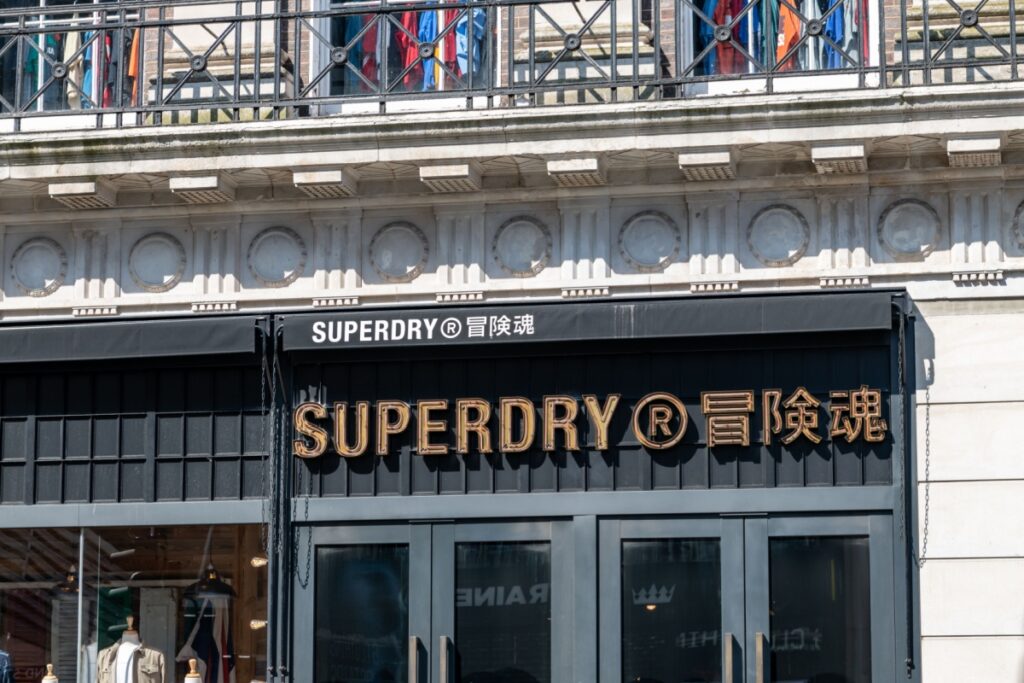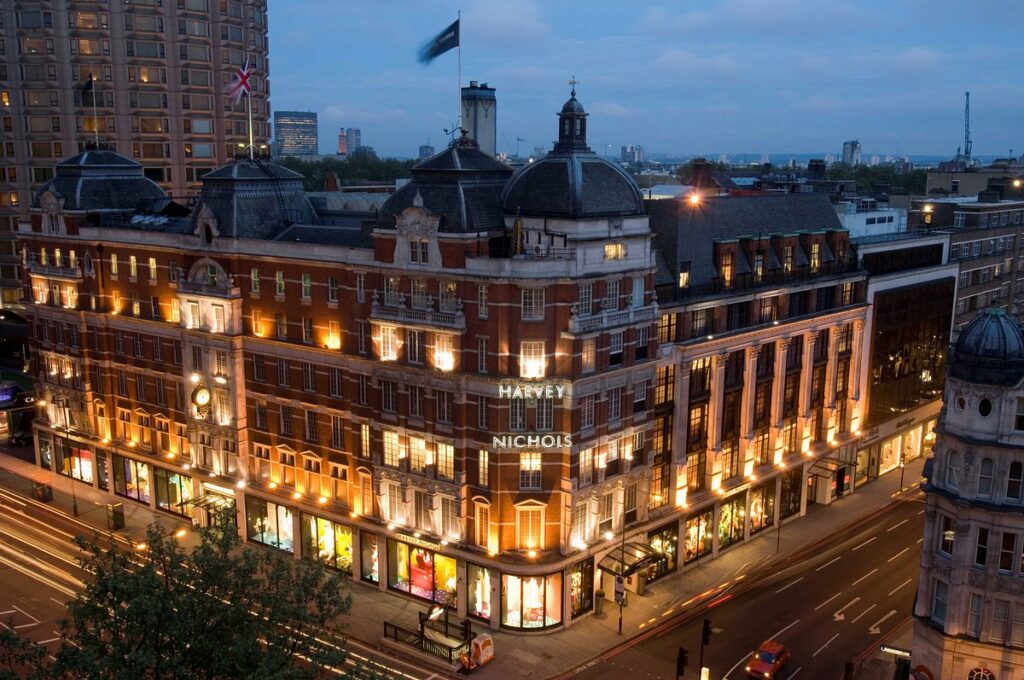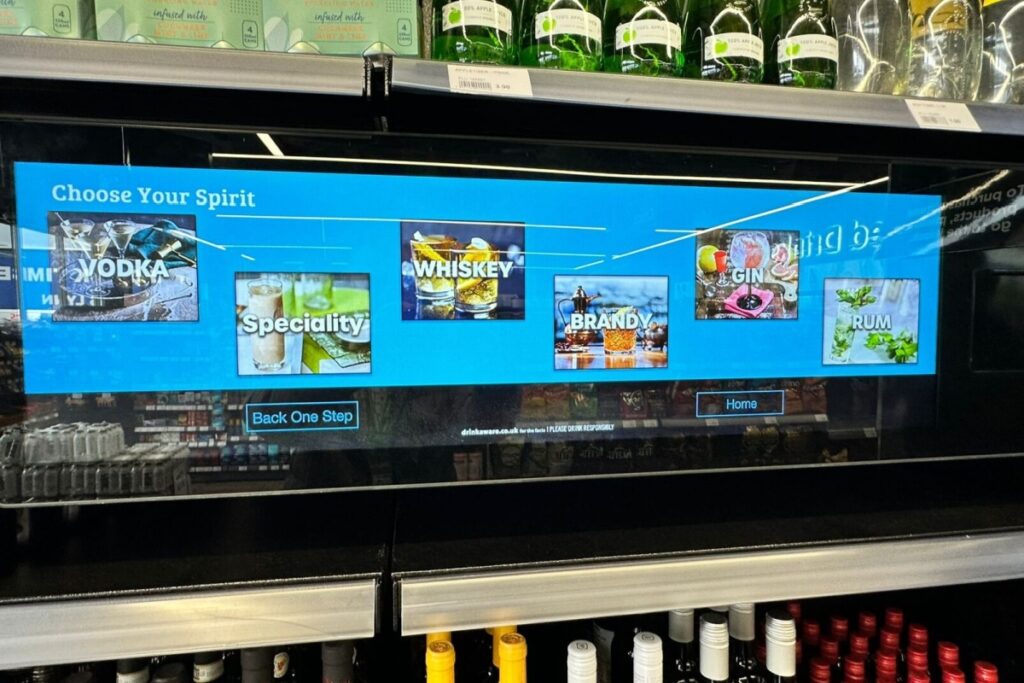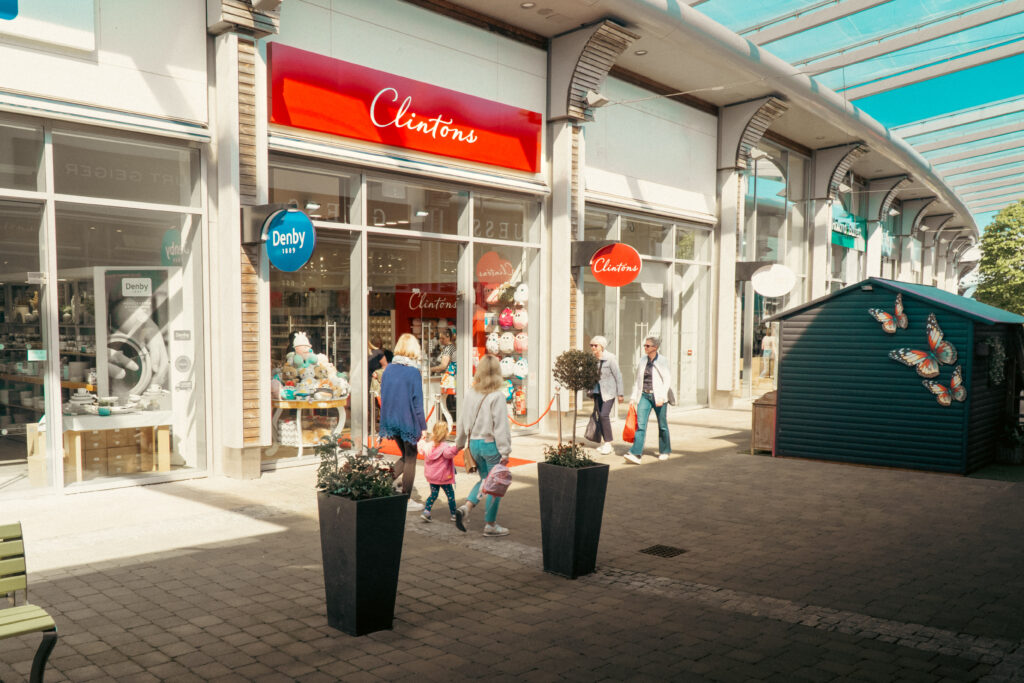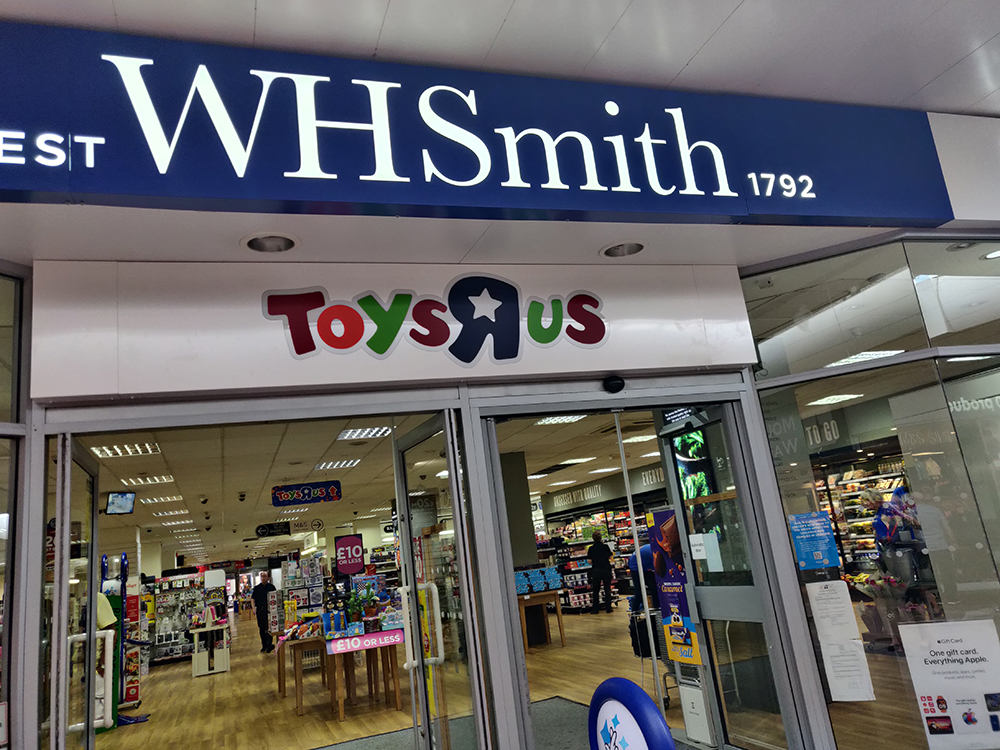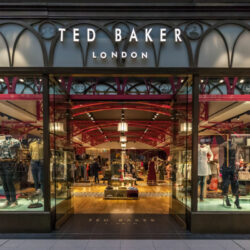In an era of austerity for Europe, many businesses are looking to emerging markets to sustain growth. While for some industries this combines hope for growth with concerns about competition from emerging market producers, for luxury goods retailers in Europe it offers rich opportunities for growth and a low threat of competition. There are two good reasons for this optimistic outlook for the luxury goods industry, but they offer no reason for complacency. Without careful attention to their markets and the customer groups they target, some luxury brands may find themselves marginalised and facing tough times.
The reputations of European luxury brands precede them into emerging markets. Brands like Rolex, Louis Vuitton and Burberry are desired in emerging markets, just as they are in their home markets. These reputations are based on a long commitment to producing excellence and an extensive history of iconic cultural associations. Unlike, say, mobile phones, consumers are not going to substitute these luxury brands with cheaper local alternatives.
The market is also not off-shored; it is actually in Europe‘s shopping capitals and the continent is increasingly becoming the retail destination for luxury goods for wealthy shoppers from emerging nations. At Global Blue, we have named this group of visitors ‘globe shoppers‘, because of the high priority they give to shopping. Along with visitors from Japan and the Middle East, these globe shoppers are seeking assured provenance for the luxury goods they buy. We know this allows them to return home with the added cachet of having bought their items in London, Paris or Geneva, the original homes of the brands. These shoppers buy brands that they are intimate with; they will know the origins of the brand, where the products are made, who the designer is and exactly why they prefer it to other brands.
Developing this intimate relationship with shoppers before they travel is essential, as before they leave on their trip they will have settled on what to buy in four out of five cases. Being well known as a brand means making sales, being unfamiliar means no customers. For some brands that are highly recognisable, or leading in their category, purchasing can over-index against awareness: visitors to your store will purchase brands with which they are not familiar. Among Chinese visitors, our research indicates this will be driven by gifts, and by a shopping list provided by friends and family back home. It is not unusual for a Chinese shopper to ask for two, three, or even more of a bag they have picked out.
It is no longer sufficient to think locally when it comes to your marketing and research activities. Your most lucrative customers are no longer around the corner. Your market is being redefined by your customers, who have strong attachments to the cities they shop in, so that though they may live in Shanghai, they say they feel at home in Paris. These shoppers will visit your store three or more times a year, more frequently than your typical customer around the corner. In 2011, Burberry‘s London stores generated half of all revenues from visitors from China. Russians are fans of the French brand Zilli and Spanish brand Loewe, both of which have worked to appeal to shoppers in the market. These brands‘ success is derived from a combination of shoppers‘ awareness before travel and tailored service in store.
Awareness goes beyond broadcast communications to a conversation with the shopper that shares the story of your brand with them. Only a few top European brands attract the attention of international travellers because of their reputation, but as the number of visitors grows, and trend setters seek more exclusivity and more cachet smaller brands will benefit from sharing a more in-depth experience with targeted groups of travellers from emerging markets.
Attracting travellers to your door is only the begi
RELATED STORIES


